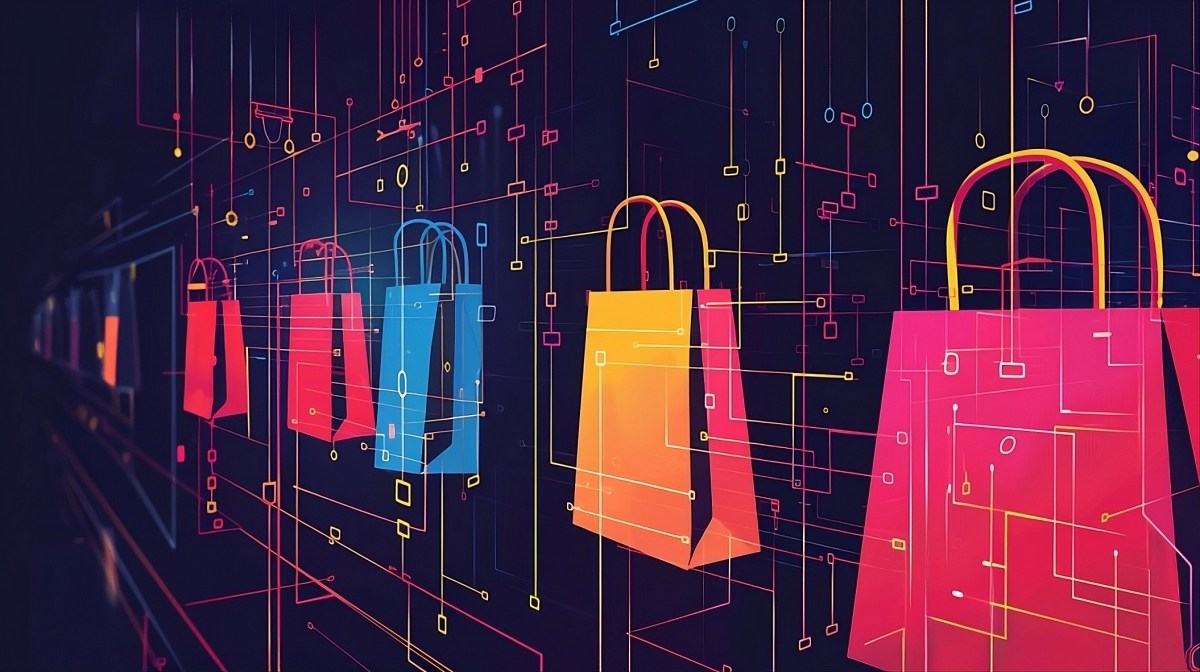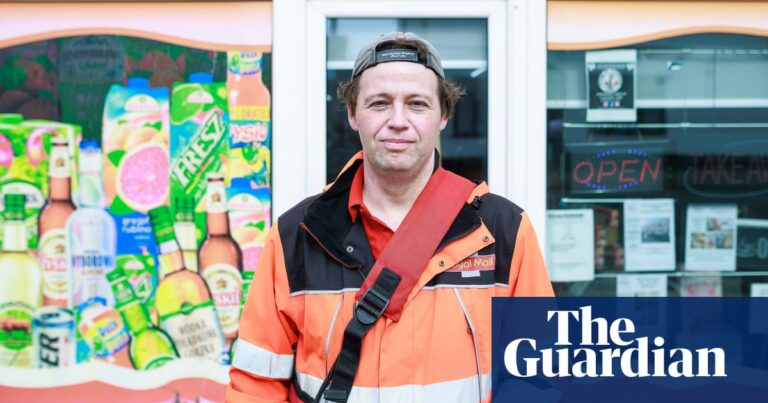Exclusive: Standard AI focuses attention on computer image analysis for retailers, now valued at $1.5 billion
Join us on April 10 in Atlanta and explore the security workforce landscape. We’ll look at the vision, benefits, and use cases of AI in security teams. Request an invite here.
Standard AI, a San Francisco-based artificial intelligence company, announced today that it is moving away from its original focus on autonomous checkout systems to providing computer vision analytics solutions to retailers.
VentureBeat also learned that the company is now valued at $1.5 billion, a significant milestone in terms of changing business strategy. In conjunction with this strategic shift, Standard AI has promoted Chief Operating Officer Angie Westbrock to CEO and Vice President of Technology Strategy David Woollard to Chief Technology Officer.
The company says the new product suite will help retailers gain valuable insight into shopper behavior, optimize merchandising strategies, reduce out-of-stocks and prevent losses – all without the need for facial recognition or collecting personal data.
“We’ve found that by addressing specific challenges like analyzing customer interactions and monitoring inventory levels, retailers and brands can achieve ROI and see immediate ROI,” said Standard AI CEO Angie Westbrook in an exclusive interview with VentureBeat. “This focused approach allowed us to deliver a much more tangible solution.”
VB event
AI Impact Tour – Atlanta
Ask for an invitation
Adapting to the realities of the retail market
Founded in 2017, Standard AI initially wanted to make fully autonomous payments a common reality. However, the technology has not yet been widely adopted, partly due to high costs and slower than expected consumer adoption.
“Autonomous checkout has not yet seen mass adoption,” Westbrock told VentureBeat. “While infrastructure and compute costs pose some barriers, the main challenge stems from slower than expected customer adoption, resulting in low returns on investment.”
Standard AI realized that advanced AI models developed for autonomous stores that could track individual products and shopper activities with up to 98% accuracy had valuable applications beyond checkoutless systems.
“The autonomous technology stack we have been building is the foundation for all of our vision products,” Westbrock said. “We started with the most complex problem, which was the autonomous checkout… But this technology has applications beyond the autonomous checkout.”
Using artificial intelligence to provide new information
New vision analytics products leverage a standard AI “autonomous technology stack” to generate real-time insights for retailers without the need for a fully autonomous setup.
Heat maps show detailed data about shopper traffic and product interactions, not just foot traffic. Out-of-stock detection enables proactive inventory management. The system can even measure potential lost sales resulting from out-of-stock items.
“The level of information we can provide is there [similar to] how Google Analytics unlocked e-commerce,” Westbrock said. “Knowing how shoppers interact with products and where they buy them is something that has never been available before.”
Partnering with Google Cloud and others provides the computing infrastructure that will make an AI-powered future accessible to retailers. However, the key differentiator is Standard AI software and data accuracy, honed over years of developing autonomous systems.
Navigating the competitive landscape
This solution puts Standard AI in competition with several major retail analytics providers such as IBM, Oracle, SAP SE, Salesforce and more. However, the company believes that unique tracking of the entire journey and highly precise artificial intelligence models give it an advantage. Westbrock told VentureBeat “the only thing worse than no data is bad data,” emphasizing Standard AI’s data fidelity.
The shift comes as retailers look to adopt more data-driven strategies to stay competitive in the e-commerce era. While foot traffic has rebounded following the pandemic, brick-and-mortar stores are looking for ways to optimize operations and merchandising to maximize sales per visit. According to ReportLinker’s latest forecasts, AI spending in the retail sector will grow to $29.45 billion by 2028.
Standard AI’s ability to track individual products and shopper interactions sets it apart from competitors that rely on more general foot traffic data. This granular level of data can help retailers optimize store layout, product placement and inventory management in ways that were previously impossible.
Pivoting when an autonomous cash register faces adversity
The company’s change also reflects the challenges facing startups looking to develop full-scale, autonomous retail solutions that can realistically replace traditional checkouts. Amazon, which is investing heavily in Just Walk Out technology, has opened several fully autonomous stores but has not yet significantly expanded the model beyond its own footprint.
For AI startups that were hoping to move quickly to autonomous purchasing, moving to solutions like vision analytics tools that can deliver value in the shorter term may represent a more viable path to commercialization and growth. The move to standard AI is likely to prompt other independent retail technology developers to also re-evaluate their go-to-market strategies.
Still, the company remains optimistic about AI’s long-term potential to transform physical retail. “It’s really about building infrastructure for the future,” Ms. Westbrock said. “We are providing a piece of software that will bring this entire infrastructure to life… transform and enable the infrastructure of the future.”






